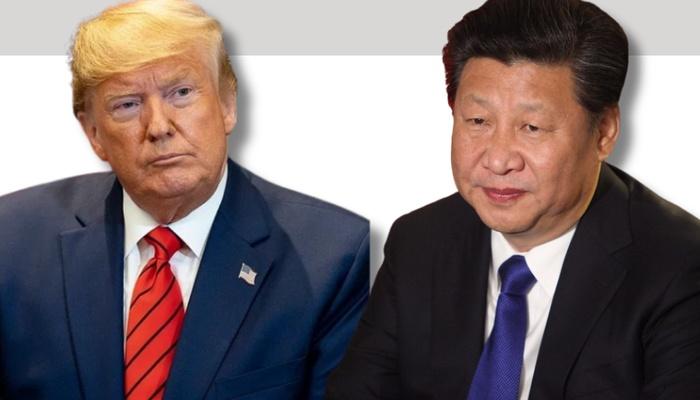Implications of the India-US semiconductor pact
On March 10, the United States and India signed a Memorandum of Understanding (MoU) that aims to link their respective production chains in the semiconductor sector. The document was signed by Indian Minister of Commerce and Industry Piyush Goyal and U.S. Secretary of Commerce Gina Raimondo at the “U.S.-India Commercial Dialogue” held in Delhi.
As far as Washington is concerned, the MoU is part of the broader plan to build strategic autonomy for the country in the semiconductor sector. A key pillar of the U.S. strategy is the “Chips and Science Act,” a $50 billion plan sought by President Joe Biden with the goal of funding research and strengthening domestic industry. Placed in this context, the MoU signed with India would fall under diversification policies aimed at fostering the creation of new production chains.
Overall, the U.S. idea appears to be to further the process of economic and production decoupling from China at a time when relations remain extremely strained. However, the strengthening of U.S. strategic autonomy in the chip sector could also have direct consequences in relations between Washington and Taipei. In particular, in the medium-to-long term, less dependence on the epicenter island of global chip production could bring down the so-called “silicon shield” that contributes to its strategic relevance.
The MoU also appears extremely relevant for India, a country that has been investing in the tsector for a few years now. Notably, The Modi government initiated the “India Semiconductor Mission” (ISM) project in 2019 with the long-term goal of entering the global semiconductor market and establishing itself as a player able to compete with major international manufacturers. Also noteworthy in this context is the ongoing collaboration between Indian mining giant Vedanta Limited and Foxconn, a leading Taiwanese semiconductor manufacturer, which is expected to result in the construction of a manufacturing plant in the western Indian state of Gujarat.
Finally, the signing of the Memorandum also strengthens Washington-Delhi relations in an anti-Chinese perspective. Among the various goals of the agreement, in fact, is to try to weaken China’s position in the global semiconductor market and, above all, to reduce India’s dependence on Beijing’s production, which counted for 68 percent of Delhi’s total imports in 2020. The technology agreement could also play a role in reviving defense collaboration between India and the United States. In this regard, we note Lockheed Martin’s presence in the delegation that accompanied Raimondo to India and the recent company’s announcement of a partnership with India’s Tata Group to produce F-16 jet wings in India.







